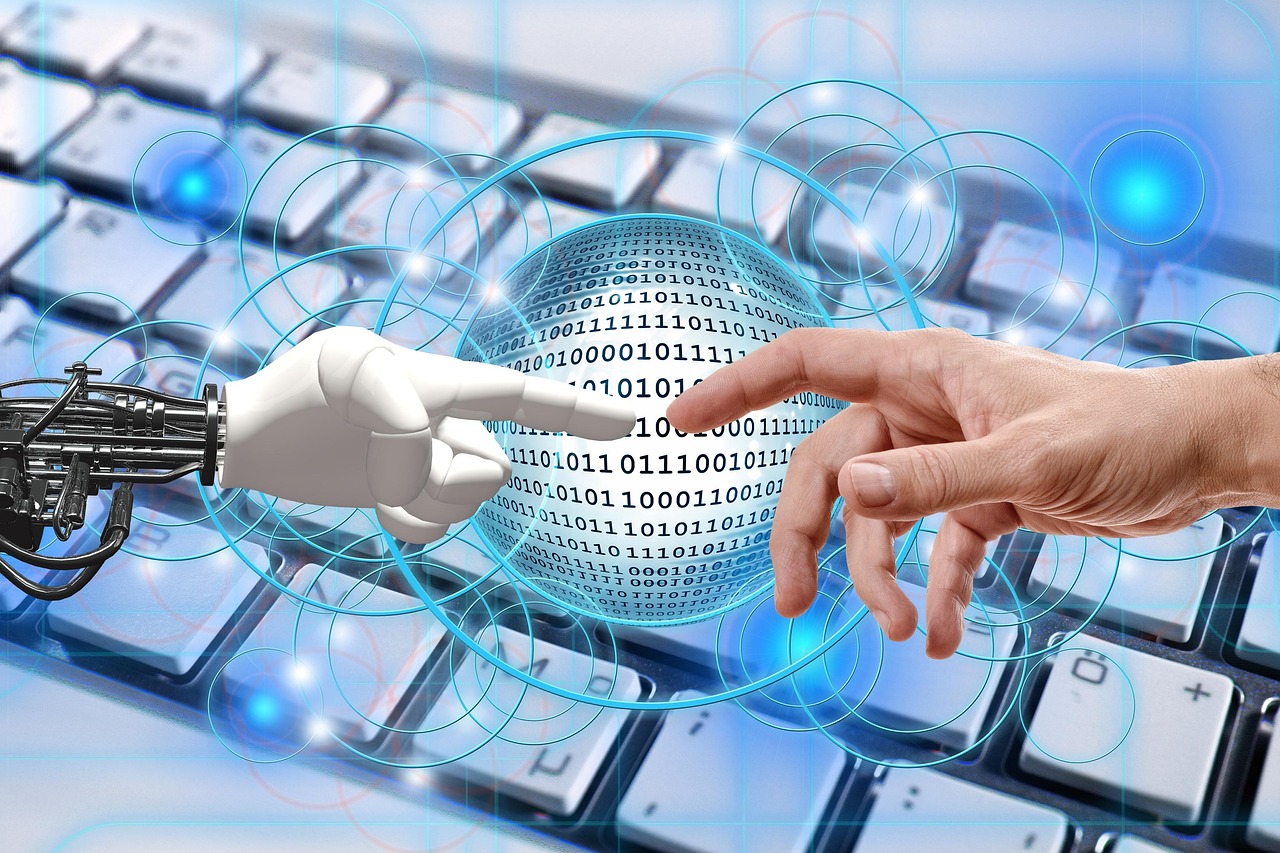RPA is artificial intelligence or voice/text recognition software. It can open emails and attachments, log in to enterprise systems, move
#AI@Work: Are Humans Watching? Who’s in Charge?
RPA is artificial intelligence or voice/text recognition software. It can open emails and attachments, log in to enterprise systems, move files and folders and copy and paste. RPA can read and write to databases, scrape for data, connect to API (Application Program Interface) and make calculations. It can extract data from documents and follow decision tree rules. Oh, and it can connect to social media statistics. It is making physical white collar knowledge work obsolete, except maybe for sales. RPA can interact with user interfaces just like humans do. It has opened a very wide range of options for the workplace.
What really makes RPA a superpower now and different from basic business process automation is it is flexible, easily integrated and implemented and cost-effective. RPA is much less expensive than humans doing the same tasks. BPO solutions are no longer economical and make no sense. Many of firms saw the writing on the wall and embraced RPA. Now they have become RPA outsourcing firms and can be very effective because of economies of scale. Some RPA relies on humans to watch it and some does not. Hybrid RPA is a combination of both attended and unattended. What does all of this mean for the workplace? Big, huge, gigantic changes.
When it is implemented well, RPA can free up workers from mindless tasks and give them time for more productive activities. The term “robotic” doesn’t mean a physical machine, it means software. RPA is great for predefined, redundant, structured low level rote tasks. It can conquer electronic filing forms, process transactions, and send messages. It can easily eliminate drudgery in HR onboarding, billing management, order processing and data entry. Banks use it for processing loans, invoices, and checks. Sales uses it for invoicing and quotes, and insurance uses it to process claims. But that’s not all.
RPA also has evolved to include process mining, bot creation tools, plug ins for connecting to enterprise systems, scheduling and orchestration.
RPA fails because vendors overpromise and underperform. Companies don’t really understand or define the processes they want to automate before they select the RPA tools. RPA works by pulling information out of existing systems either from the front end or the back end. In many legacy systems it’s the front end because the back is not accessible. Front end RPA is evolved “screen scraping” and relies on machine learning to reduce although not eliminate showstoppers like updated screens or numbers that are too large. Once it gets what it needs it goes on to do the next “predetermined” task like sending an invoice, email or report. It really can increase business capacity when the rate-limiting tasks are automated.
Ultimately, it still falls to humans to define the workflow up front. Humans are also in charge of process recording and writing and editing scripts. Sometimes IT sets up the flow and sometimes flow-chart-like choices are available so that “digital citizens” can develop the process flow. The most difficult aspect of reproducing business processes for automation is defining what the business processes are to begin with and why they exist. Sometimes process mining tools can help with this and sometimes it has to be done manually.
#AI@Work, #WFH, #Virtual Touchpoints, #ThePajamaEffect, #The Visual Connection, #BobbeGB, #BobbeBaggio, #Touchpoints, #Remote Workplace, #WorkFromHome, #PJEffect, #LinkedInNewsLive




